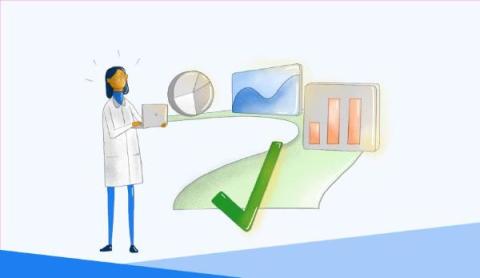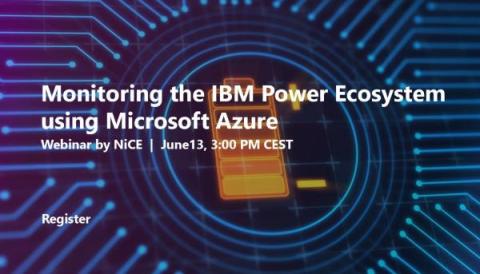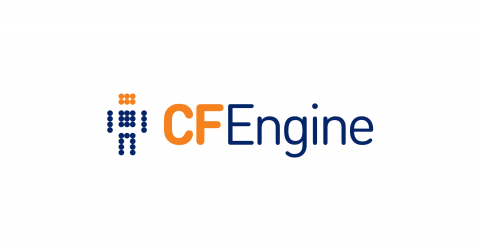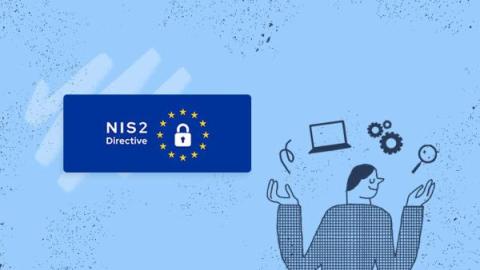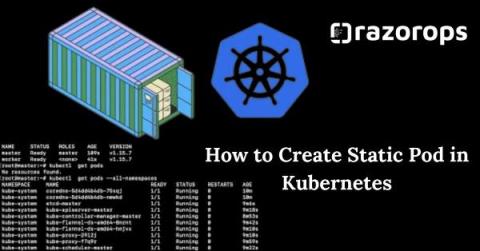New in Delphi DAC: Support for RAD Studio 12, Patch 1, Cloud Providers Metadata, and More
We are glad to announce the latest update of Devart’s Delphi Data Access Components product line. This update implements support for the newest version of Embarcadero RAD Studio 12 Athens. RAD Studio 12, Patch 1 brings improved VCL and FireMonkey libraries, Split Editor Views, modernized C++ compilers and toolchain, Android API level 34, support for 4K+ screens, and now targets Windows 11.



